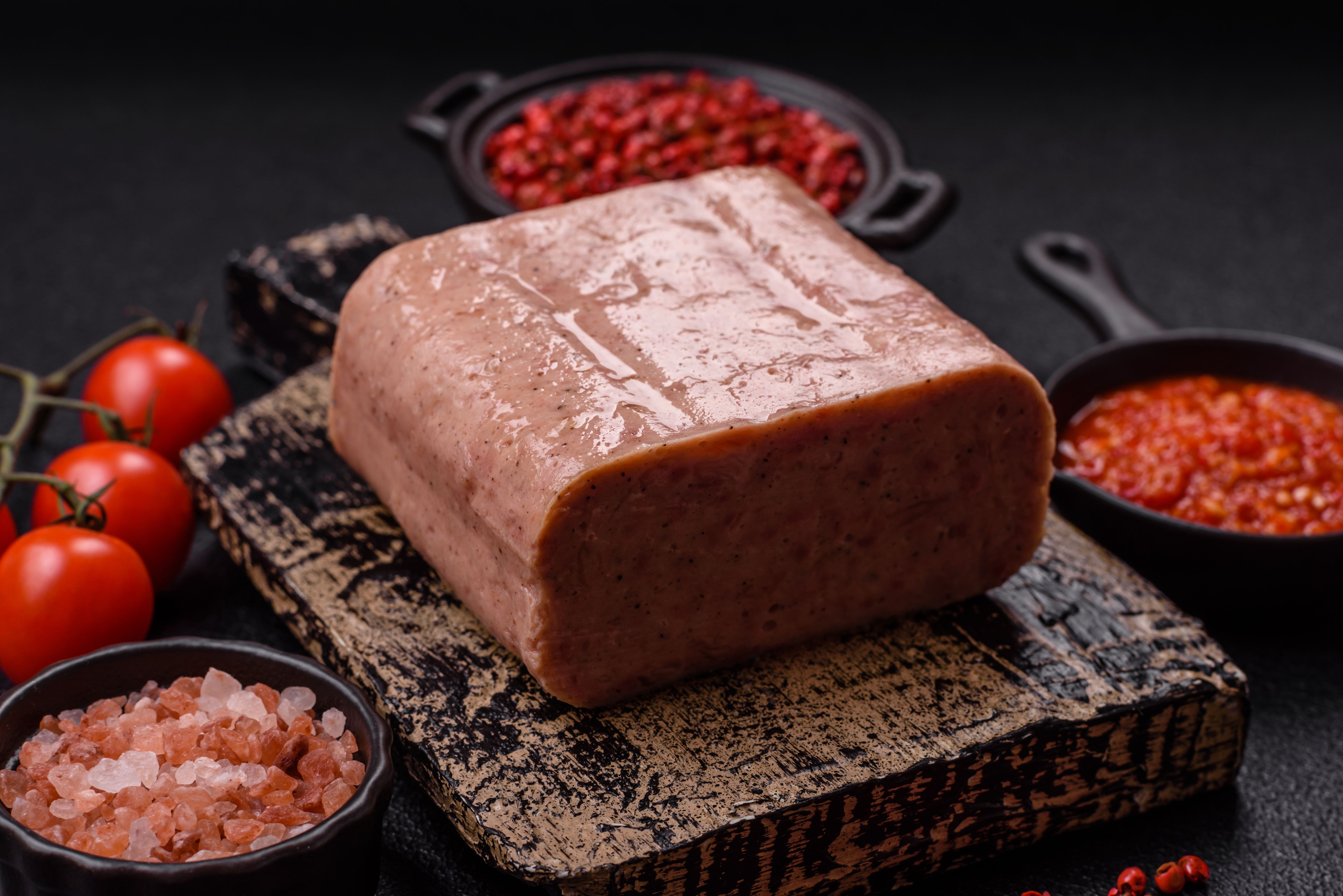17 Surprisingly Salty Foods That Could Be Wrecking Your Health
In the modern culinary landscape, salt has stealthily become a ubiquitous component of our diets, often lurking in places we least expect. This insidious infiltration poses a significant threat to our health, as excessive sodium consumption is linked to a host of ailments, including hypertension, cardiovascular disease, and kidney problems. The challenge lies in identifying these stealthy saboteurs, as they are often hidden in foods that do not taste overtly salty. This article aims to shed light on these 17 undercover sodium sources, with insightful perspectives on how they infiltrate our meals and threaten our well-being. Through this exploration, we will uncover how these salty saboteurs operate, why they are so pervasive, and what strategies we can employ to mitigate their impact on our health. By understanding the stealthy nature of sodium in our diet, we can make informed choices that promote better health outcomes.
1. Canned and Packaged Meats – The Salty Convenience

Canned and packaged meats like spam, corned beef, and canned chicken are quick, shelf-stable options, but they come with a hefty sodium load. For example, a single serving of Spam can contain over 800 milligrams of sodium—about a third of the recommended daily intake. Similarly, canned chicken and corned beef often have around 600 milligrams of sodium per serving. These meats are often used in sandwiches, salads, or quick meals, making them easy to consume in large quantities. While they offer convenience, they can quickly lead to excessive sodium intake. To reduce sodium, try to opt for fresh cuts of meat, or choose low-sodium alternatives available for canned meats. You can also explore plant-based protein options that are naturally low in sodium, such as tofu or tempeh.
